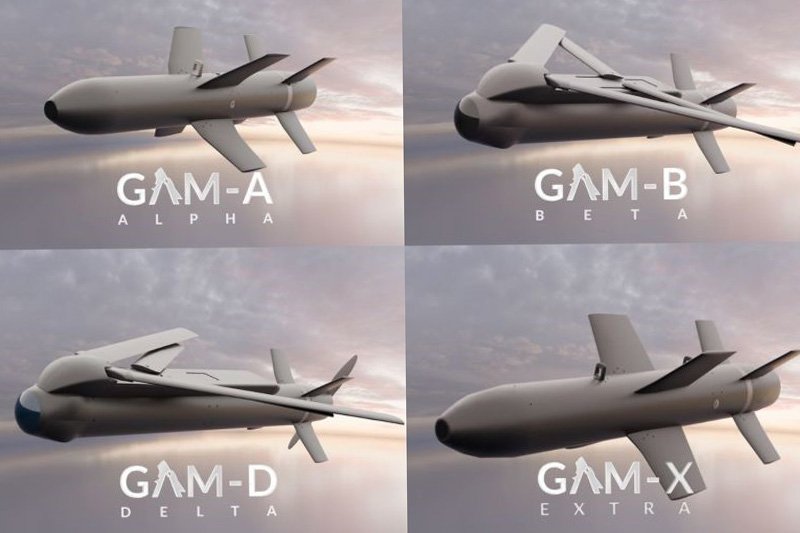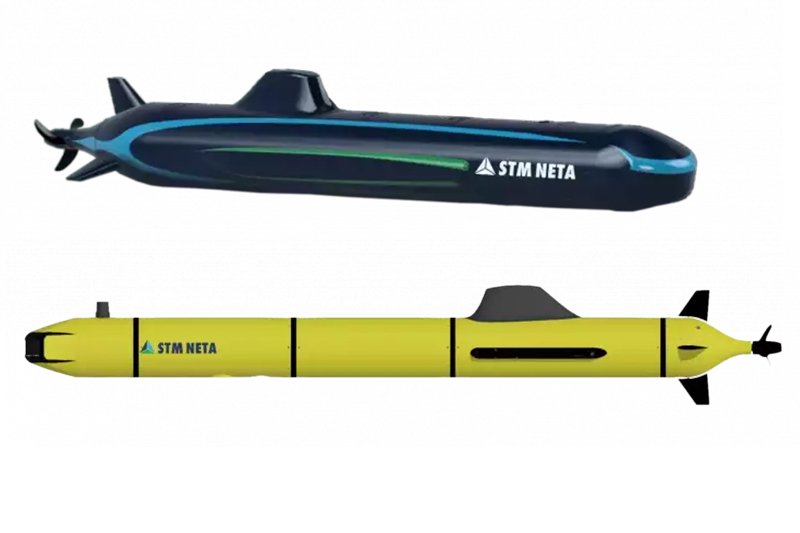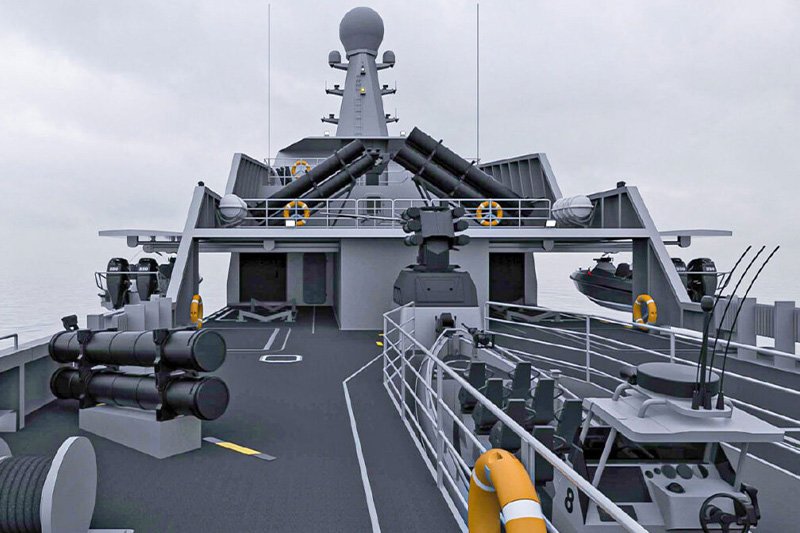Chinese military’s rifle-toting robot dogs raise concerns in Congress
Lawmakers in the U.S. House of Representatives are sounding the alarm over a new potential threat-rifle-toting robot dogs developed by China’s military. Proposed legislation calls for the Defense Department to assess the national security implications of these armed quadruped drones.
The issue gained prominence after Chinese state media broadcast footage last month of a 110-pound robot dog carrying and firing an assault rifle during military exercises with Cambodia. A Chinese military spokesperson stated the autonomous robot could serve frontline combat roles.
During debate on the annual National Defense Authorization Act, the House adopted an amendment without opposition requiring the Pentagon to investigate “the threat such use poses to the national security of the United States.”
Also read this: PLA Navy’s submarine force makes historic breakthroughs
While the provision must still be reconciled with the Senate’s version, it reflects growing unease over China’s pursuit of artificial intelligence-enabled autonomous weapon systems that could one day be deployed against U.S. forces.
The idea of man’s best friend transformed into a deadly roboticized weapon was unpalatable enough for Congress to demand a formal threat evaluation.
However, the use of unmanned ground vehicles (UGVs) and drones is not new for militaries. The U.S. has long explored robotic dogs like Boston Dynamics’ Spot for reconnaissance and logistics roles.
What alarms American officials is China’s apparent move to arm UGVs like the robotic quadruped with guns or missiles without human control or oversight.
Autonomously firing drones and robots stir fears of an artificial intelligence arms race spinning out of control without adequate safeguards. There are also legal and ethical debates around the compliance of AI weapons with the Laws of Armed Conflict.
The U.S. maintains policies prioritizing “human judgment over the use of force.” But competitive pressures amid U.S. China technology rivalries could spur a destabilizing dynamic.
By mandating a formal assessment, Congress hopes to get ahead of China’s development curve and any potential “Black Mirror” dystopian robotic dog warfare scenarios before they become reality on the future battlefield.
Keep connected with us at Facebook, Twitter, YouTube, Instagram & TikTok for latest defense happening around the globe.












